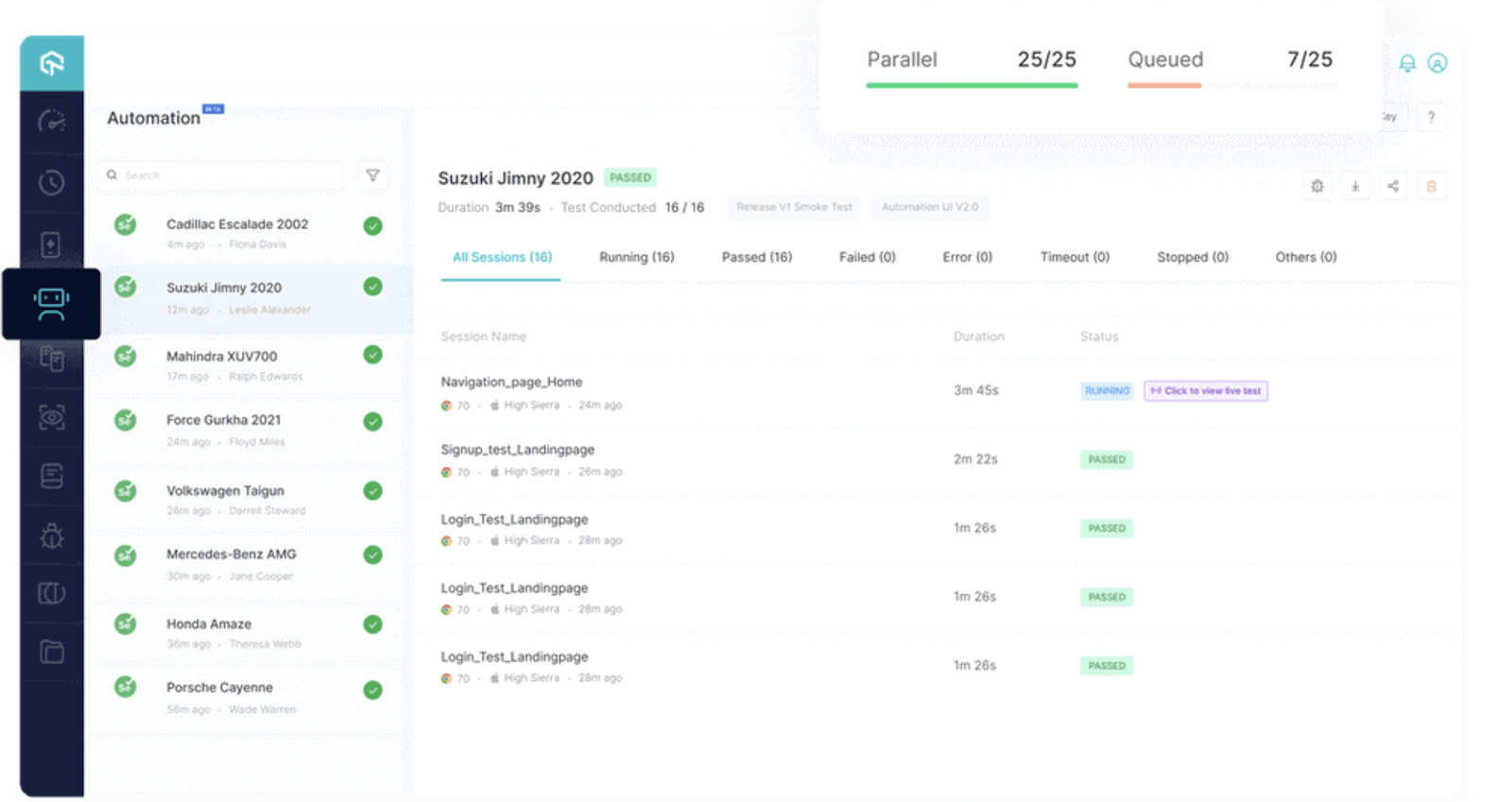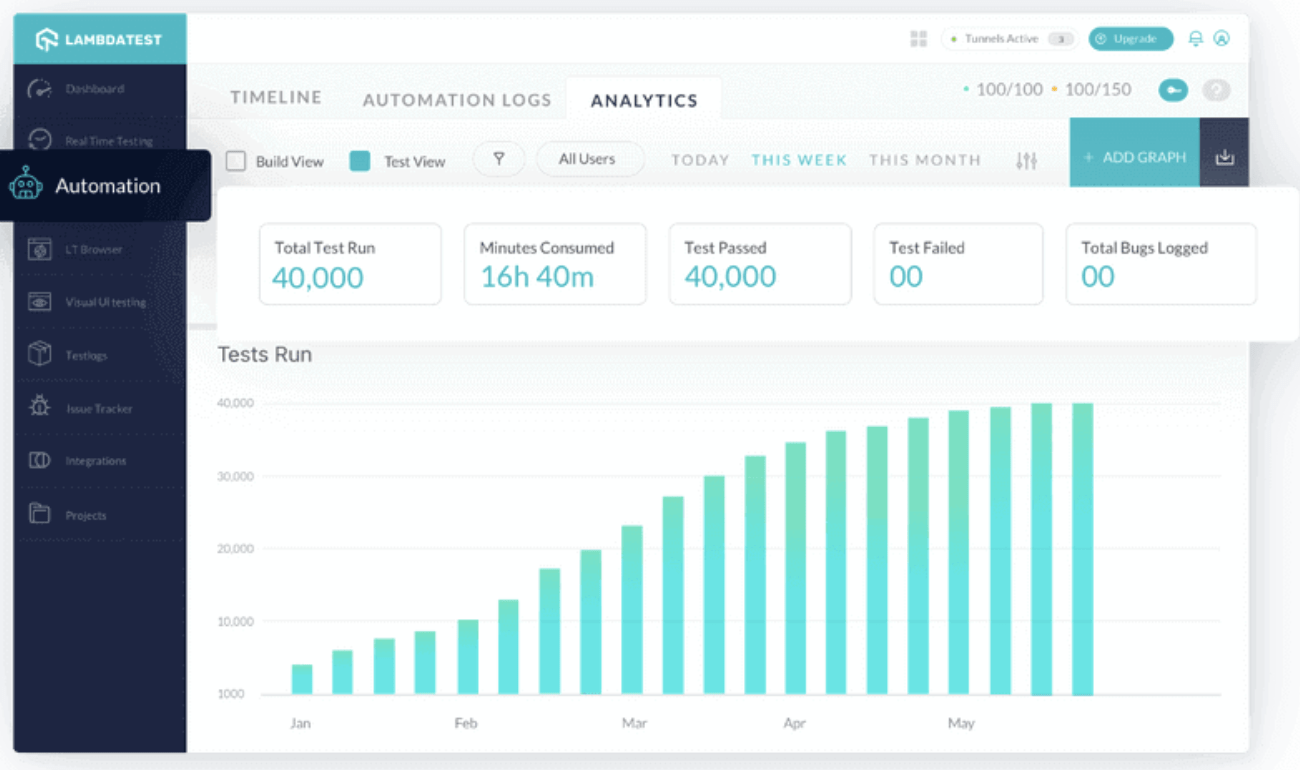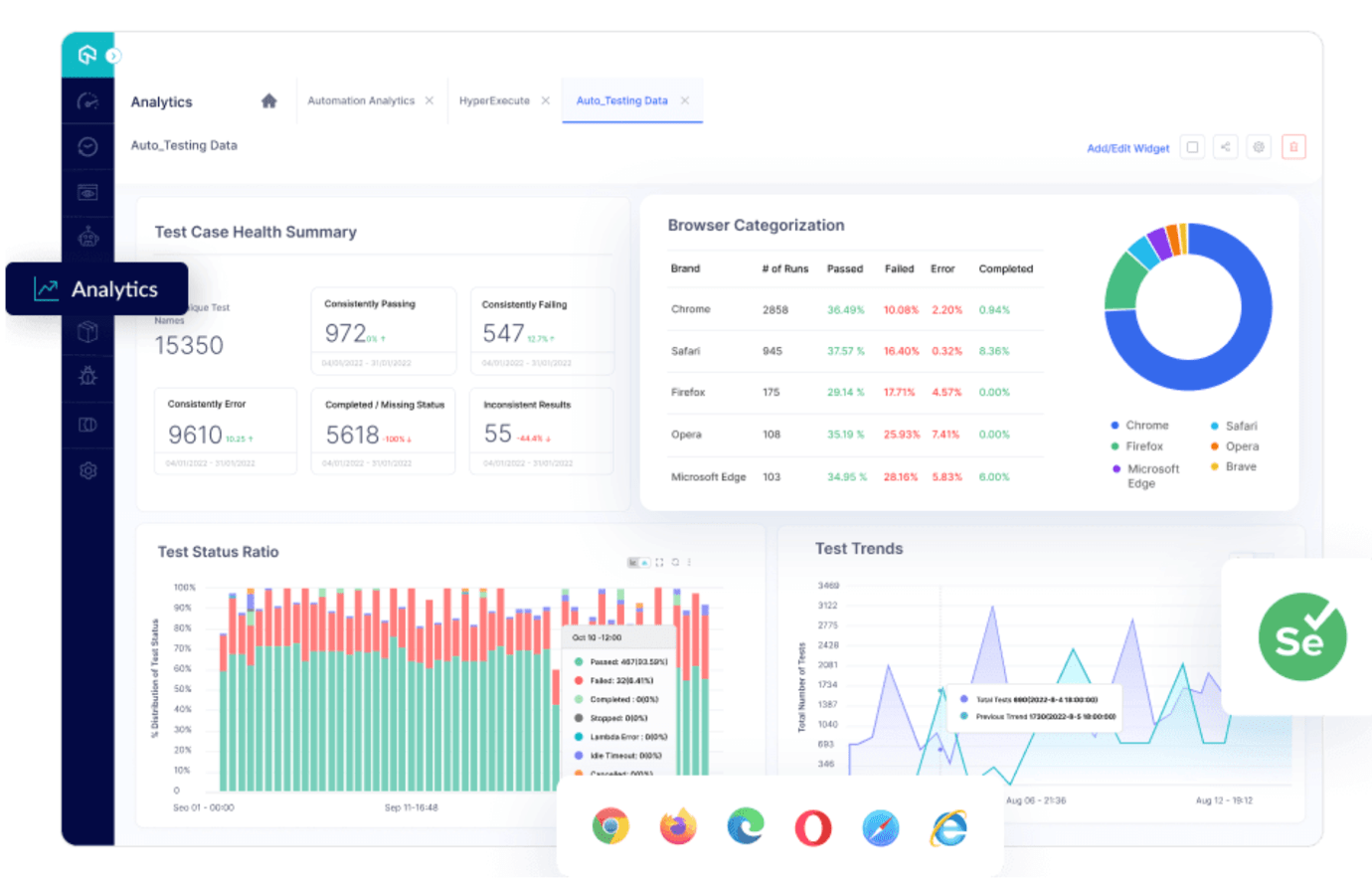Are you ready to commence an exciting venture into the world of programming? You may be intrigued by the potential of software development, or curious about web design. Perhaps you’re eager to explore the logic behind computer programs or are keen to carve out a lucrative career. This article serves as your comprehensive guide, equipping you with everything you need to know as a beginner programmer.

Embracing the World of Programming
This career option opens up a realm of endless possibilities, from developing innovative software to crafting interactive websites. In turn, you can help individuals bring their creative ideas to life. Embracing this world means tapping into a community of like-minded individuals. They’re constantly pushing the boundaries of what technology can achieve. You’ll benefit from becoming part of a global network. Here, collaboration and knowledge-sharing help to drive continuous growth and innovation.
Diving into the world of programming invites you to become fluent in the language that powers our modern world. Through code, you’ll gain the ability to automate tasks, analyze big data, and create solutions. Embracing this domain is about acquiring skills that can shape industries, and disrupt more traditional systems. As a beginner programmer, you can be amid innovators steering the future, while gaining practical skills with immediate everyday-life applications.
Learning Resources and Online Communities
Consider platforms such as Codecademy, Coursera, and Udemy. They offer interactive courses on a wide range of programming languages and technologies. This allows beginners to build practical skills at their own pace. If you want to learn to code remotely, you can choose a programming language and find the best website to teach you. You can also find out about digital nomad insurance, building a portfolio and online presence, and finding a remote job. Additionally, you should join online communities like Stack Overflow and GitHub.
They provide invaluable support for troubleshooting coding challenges and collaborating with fellow developers. By harnessing these educational resources and online communities, you can glean gems from industry professionals and experienced developers. Many platforms offer courses instigated by experts in their field. They can give learners valuable insights into best practices and real-world applications. By participating in online communities you can engage in discussions, seek advice, and share your knowledge. This fosters a sense of belonging within the tech community.
Understanding Programming Languages
Each programming language has its unique syntax, semantics, and capabilities. In turn, they can be suitable for different use cases and objectives. For beginners, it’s important to grasp the fundamental concepts of programming languages. These include variables, data types, loops, and conditional statements. By understanding these core principles, you can lay a solid foundation for learning any new language with ease.
Delving into multiple programming languages can broaden your problem-solving abilities. This can provide diverse perspectives on tackling coding challenges. You can understand the strengths and weaknesses of different languages in various domains. These include web development, mobile app development, data science, and game development.

Tools for Beginners
By acquiring some popular tools, you can significantly aid your learning and development experience. Firstly, consider Integrated Development Environments (IDEs) like Visual Studio Code and IntelliJ IDEA. They’re great starting points for writing and testing code. They provide features like debugging capabilities, syntax highlighting, and plugin support.
Version control systems (e.g. Git) can assist with tracking changes in your codebase. You can also collaborate with others, and revert to earlier versions if needed. GitHub allows you to explore open-source projects, contribute to repositories, and showcase your own work. Meanwhile, Stack Overflow is an excellent platform for asking coding-related questions and learning from experienced developers’ answers.
Practical Application and Projects
It’s not enough to just study theory and syntax. The real learning comes from applying that knowledge to tangible projects. You should build real-world applications, such as a simple game or website. This can help you enjoy the tangible fruits of your labor and gain confidence in your coding prowess.
Engaging in projects provides an opportunity for hands-on problem-solving and critical thinking. Tackling practical challenges will help you understand how different concepts interconnect, and how code can be used to solve real-life problems. Additionally, working on projects encourages creativity and experimentation. These are essential skills for any programmer looking to advance in their career.
Common Challenges and How to Overcome Them
One of the most frequent hurdles is getting stuck on a coding problem for an extended period. To overcome this, consider taking a step back and approaching the issue from a different angle. This could involve seeking help from online forums or reaching out to more experienced programmers for guidance.
Another challenge many novice coders face is feeling overwhelmed by the sheer volume of programming languages and technologies. To tackle this, prioritize one language or technology at a time. Focus your efforts on mastering it before moving on to the next. Additionally, leverage resources such as tutorials, online courses, and coding communities. These can provide valuable support and guidance throughout your learning journey.
Career Opportunities
The demand for skilled developers, software engineers, and coders continues to soar across various industries. They offer a wide array of career paths and specializations, including web development, mobile app design, artificial intelligence, and cybersecurity. There’s also an increasing convergence of technology with other sectors such as healthcare, finance, and entertainment. If you’re tempted by front-end development or data science, such entry-level positions are manifold.
They can provide invaluable learning experiences while shaping your professional trajectory in the tech world. Moreover, the rise of remote work has opened up even more possibilities for aspiring programmers. Companies are increasingly open to hiring talent from around the globe. This provides an unprecedented level of flexibility in pursuing a programming career. You could work on innovative projects with diverse teams, without being limited by geographical boundaries.
Embarking on the journey of learning programming requires you to stay curious and open-minded. Always stay updated with the newest innovations and endlessly seek to expand your knowledge. With determination and perseverance, you’ll soon find yourself mastering the art, and reaping the benefits this can bring.




















